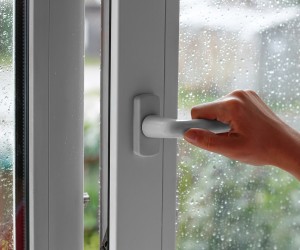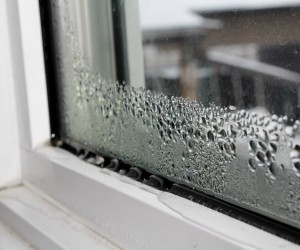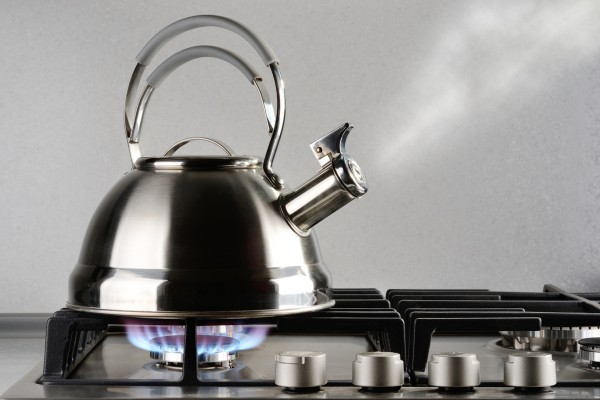Understanding Condensation in Your Home
Understanding Condensation in your home
Condensation is completely normal and happens inside everyone’s home, particularly as we all try to improve building efficiency and EPC ratings, reduce draughts and save money on heating bills.
What is Condensation?
Condensation occurs when moist air hits a cold surface.
This commonly happens in kitchen and bathrooms, where there is a lot of moisture. Look out for condensation in corners, near windows, and other areas with little air flow.
A modern house with warmer air will generally see less condensation, however modern homes are often airtight and it is important that mechanical ventilation equipment built into the home is used to reduce build-up of condensation.

Mould Caused by Condensation
Problems occur when too much moisture collects, and if left, can cause black mould to form on walls, window frames, carpets and soft furnishing. Too much condensation can cause mould to grow in areas where water droplets have been left.
Mould can give an unpleasant smell and in severe cases can pose a significant health risk to those with respiratory problems, such as asthma.

Preventing & Managing Condensation in your home
- Adequate ventilation will help manage levels of condensation in your home. Keep trickle vents open and when possible, open your windows.
- Dry windowsills and window frames, especially during cooler months to remove excess moisture.
- Use your extractor fan when showering, bathing or cooking, reporting any instances when these are not working to Radius.
- Never block or conceal any vents or extractor fans in your property.
- Keep lids on pans when cooking.
- If drying clothes inside, keep the door of the room closed and use an extractor fan or dehumidifier if possible.
- If you use a tumble dryer ensure it is appropriately ventilated. If not, this will contribute to condensation in your home.

Condensation Calculator
Condensation is completely normal and happens inside everyone’s home.
The below is a rough guide to the total water vapour created by ONE person in a household*.
What amount of water vapour can be created?
If ONE person does the following over the course of a day:
- Drinks 8 cups of coffee or tea
- Boils one pan of water for 10 minutes
- Takes a shower
- Uses the dishwasher
- Washes and dries 2KG of clothing
- Breathes normally
They will contribute around 2.5KG of water which is the equivalent of 10 glasses of
water into the air per day.
This doesn’t take into account multiple occupants, pets, plants or other moisture-generating factors.
Without good ventilation in the home, moisture will settle on windows, walls, and other cool surfaces. Condensation will quickly lead to mould formation.
*These are average estimates based on scientific research, are used for illustrative purposes and will vary in different conditions and situations.
We are here to help you.
If you have an issue with condensation or mould in your home, please let us know using the online form below.




